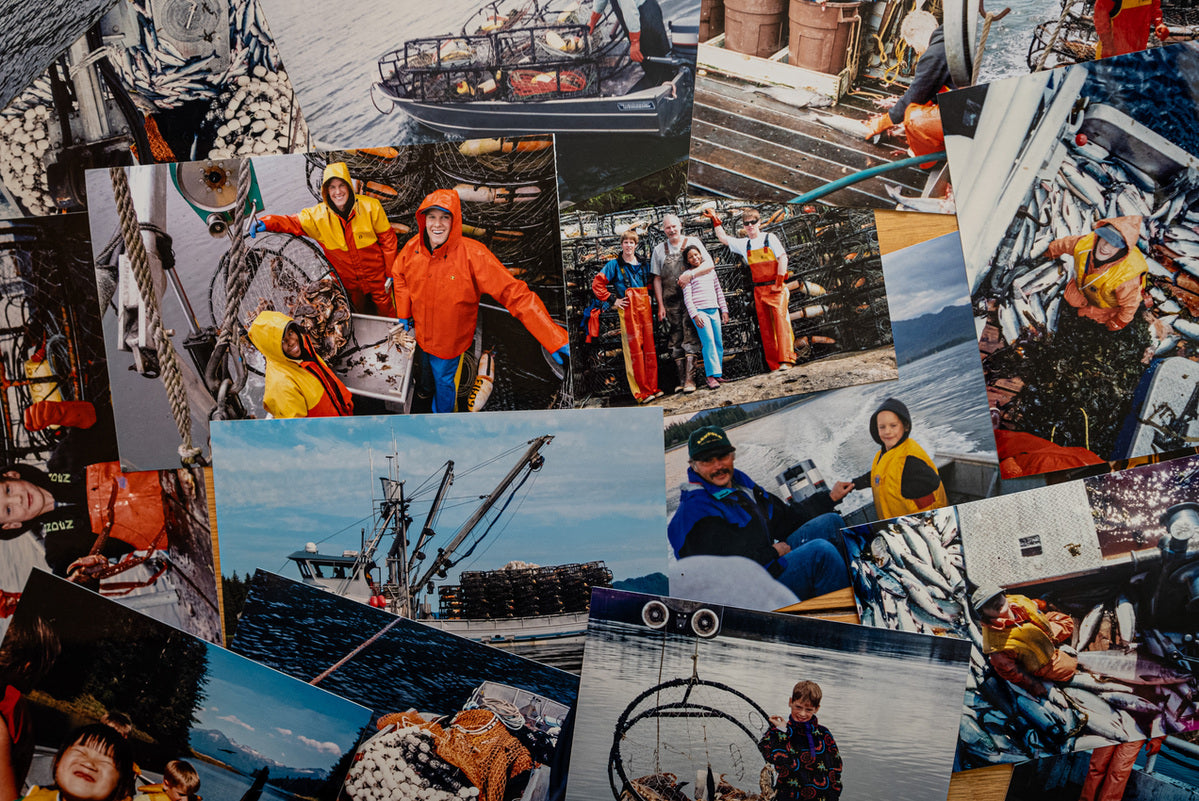With October rolling in, many of us eagerly anticipate the celebrations that come with National Seafood Month. But beyond the delicious flavors and seafood feasts, this month offers a golden opportunity to teach the younger generation about the importance of seafood, its role in our ecosystem, and the cultural significance it holds.
- Nourishment from the Seas
Let's start with the basics. Wild seafood is a powerhouse of nutrients essential for our body. Fish is especially rich in omega-3 fatty acids, proteins, vitamins, and minerals. For growing kids, including seafood in their diet can boost brain development, strengthen immunity, and promote overall growth. Teaching kids about the nutritional value of seafood not only encourages healthy eating habits but also fosters an appreciation for the variety nature offers.
- The Cultural Tapestry of Seafood
Seafood isn't just about nutrition; it's also a reflection of our cultural heritage. From the sushi of Japan to the fish and chips of England and the ceviche of Latin America, seafood dishes tell tales of regions, traditions, and histories. Sharing stories of how different cultures prepare and celebrate seafood can be a fascinating way for kids to understand global diversity. Moreover, preparing a seafood dish from a different culture can be a fun family activity, merging culinary skills with cultural learning.
- Sustainability and Our Oceans
National Seafood Month also brings with it the conversation around sustainable fishing. Overfishing and harmful fishing practices threaten marine life and disrupt the ecological balance. This is a great time to teach kids about sustainable seafood choices and why they matter. Simple acts, like choosing fish that is sustainably sourced or understanding the difference between wild-caught and farm-raised, can go a long way in preserving our oceans for future generations.
- The Art of Fishing and Respect for Nature
Fishing isn't just a commercial activity; it's an age-old skill and a bonding experience for many families. If you're in a location where it's possible, consider taking your kids on a fishing trip. It’s an effective way to teach patience, perseverance, and most importantly, respect for nature. Catching a fish, understanding its life cycle, and then preparing it for a meal can instill a deep sense of gratitude for the food we eat and the efforts behind it.
- DIY Seafood Recipe Book
Encourage kids to come up with their seafood recipes or recreate family favorites. Compile these into a little recipe book. It’s a keepsake that celebrates their creativity and the spirit of National Seafood Month!
In conclusion, National Seafood Month isn't just a culinary celebration; it's an educational adventure waiting to be explored. By introducing kids to the world of seafood, we're not just expanding their palate, but also sowing the seeds of respect for nature, understanding of diverse cultures, and the importance of sustainability. So, as you relish that shrimp cocktail or grilled salmon this month, remember, there's a vast ocean of knowledge and experiences waiting for our young ones to dive into!
Photo Credit: ASMI

